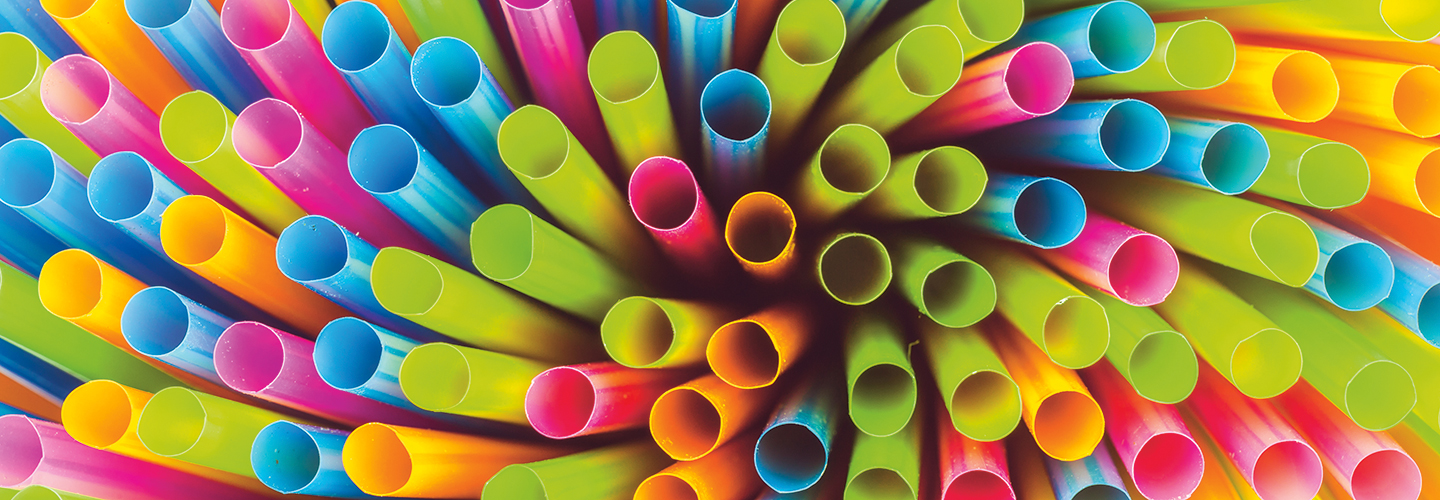Milo Cress
Milo Cress was 9 years old when he noticed something. Restaurants in his hometown of Burlington, Vermont, were serving his drinks with plastic straws that he didn’t ask for. “It seemed like a huge waste,” he says.
Americans use roughly 500 million plastic straws every day—enough to fill 125 school buses. Straws are too flimsy to be recycled, so they’re typically thrown out after one use. Wind can blow them into streets and sewers. Eventually, many end up in rivers and oceans (see How Straws Travel).
In 2011, Milo founded a campaign called “Be Straw Free.” He wanted restaurants to stop automatically serving straws. Instead, he asked restaurants to give straws only to people who requested one.
Milo, now 16, is part of a growing movement. Anti-straw campaigns have caught on in other places too. Groups like “Straw Wars” in London, England, and “The Last Plastic Straw” in California ask restaurants to make pledges to be straw-free. Together, these activists hope to eliminate straw waste altogether.
Milo Cress lives in Burlington, Vermont. When he was 9, he noticed something. Restaurants there always served drinks with plastic straws. But he hadn’t asked for them. “It seemed like a huge waste,” he says.
Americans use about 500 million plastic straws every day. That’s enough to fill 125 school buses. Straws are too flimsy to be recycled. They’re usually thrown out after one use. Wind can blow them into streets and sewers. Over time, many end up in rivers and oceans (see How Straws Travel).
Milo started a campaign in 2011. It was called “Be Straw Free.” He wanted restaurants to stop regularly handing out straws. Instead, they should give straws only when people asked for one.
Milo is now 16. He’s part of a growing movement. Efforts like Milo’s have caught on in other places. Groups from California to London, England are asking restaurants to go straw-free. Together, these groups hope to get rid of straw waste.

